Prior art searches
Don't reinvent the wheel
Are you launching a new R&D program?
Check for existing patents and publications on the subject.
When should a prior art search be carried out?
YesMyPatent's search strategy is based on several criteria:
- Keywords and synonyms in English and French
- Names of inventors/competitors/authors in the field
- Chemical structures, genomic or protein sequences
- Trade names, INN, RN
Prior art searches make it possible to identify troublesome prior art, avoid unnecessary expense in drafting and filing a patent application, and redirect the project and R&D. They also highlight patents already granted on the same invention, thus avoiding the unknowing launch of an infringing product.
They also highlight patents already granted on the same invention, thus avoiding the unknowing launch of an infringing product.
An exhaustive prior art search?
There are limits to prior art searches:
- An ever-increasing number of documents = 150+ million patents and 240+ million scientific articles in the databases,
- Public access to patent applications after filing (+18 months)
- Database update times
- Oral communications
- Previous uses not listed
- Incomplete/inaccessible registers for some countries
- Automatic translation of poor-quality foreign patents

A reminder:
Never disclose your invention without a confidentiality agreement before filing your patent, or it will be prioritized! Have you disclosed your invention without an NDA? Notify us immediately to assess the consequences and possible remedies.
